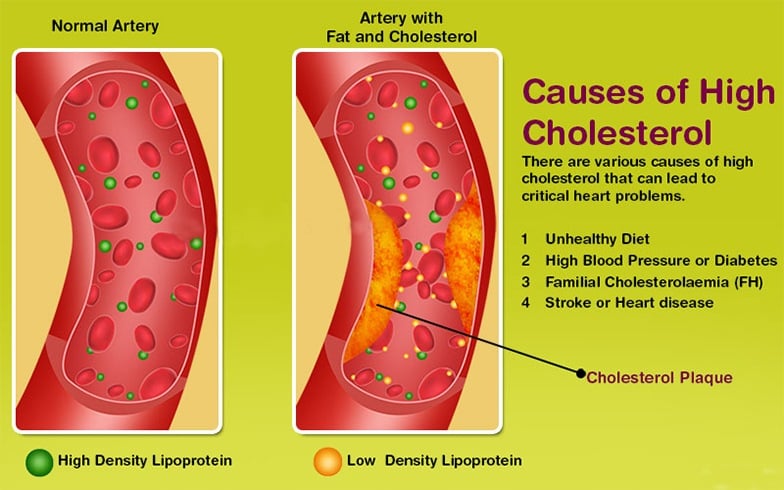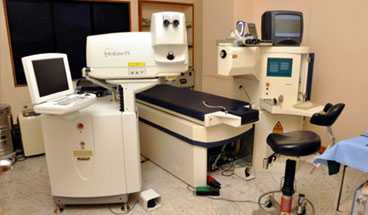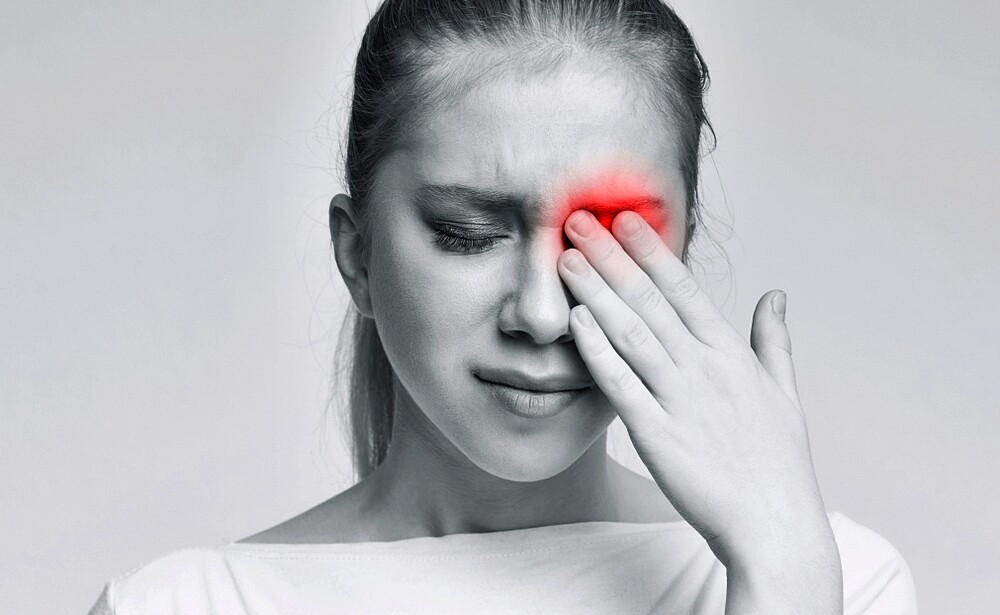What causes cholesterol deposits in the eyes and how to get rid of them
Table of Contents
Table of Contents
Do you know that high cholesterol levels can impact not only your heart but also your eyes? Yes, you heard that right! High cholesterol can cause various eye conditions that can affect your vision. In this blog post, we will explore more about “Does High Cholesterol Effects On Eyes” and related keywords in detail. Read on to know more.
Pain Points Related to High Cholesterol and Eyes
High cholesterol can cause various eye conditions, such as yellow patches around the eyes, corneal arcus, and retinal vein occlusion. These eye conditions can lead to cloudy vision, blurred vision, and even blindness if left untreated. These eye conditions not only impact your vision but also can be an early warning sign of heart disease.
Answering the Target of Does High Cholesterol Effects On Eyes
Cholesterol deposits in the eyes are called xanthelasmas or xanthoma. They are yellowish spots that appear around the eyelids, under the eyes, or on the cornea. These spots are made up of cholesterol and fat and can be a sign of high cholesterol levels in the body. It is essential to get your cholesterol levels checked regularly and get your eyes examined to ensure early detection of these spots, which could lead to other eye conditions.
Main Points Related to High Cholesterol and its Effects on Eyes
High cholesterol levels can impact your eyes and cause various eye conditions such as yellow patches, corneal arcus, and retinal vein occlusion, among others. These eye conditions can lead to blurry vision, cloudy vision, and even blindness if left untreated. It is essential to keep your cholesterol levels in check and get your eyes examined regularly to ensure early detection of these eye conditions. Additionally, avoiding high cholesterol foods and maintaining a healthy lifestyle can prevent these eye conditions.
Personal Experience with High Cholesterol and Eye Conditions
I have a personal experience with high cholesterol and eye conditions. My grandfather had high cholesterol and developed yellow patches around his eyes. Initially, we did not know what it was until we took him to an eye specialist who diagnosed him with xanthoma. We were surprised to know that it was an early warning sign of heart disease. We immediately got his cholesterol levels checked, and it was much higher than the normal range. However, with medications and dietary changes, we were able to control his cholesterol levels and prevent further damage to his eyes and heart.
Prevention of Eye Conditions Due to High Cholesterol
Prevention is always better than cure. To prevent eye conditions due to high cholesterol levels, maintain a healthy lifestyle, eat a balanced diet rich in fruits, vegetables, and whole grains, and avoid foods high in saturated and trans fats. Additionally, exercise regularly to maintain a healthy weight, and get your cholesterol levels checked regularly.
Certain Lifestyle Changes That Can Improve Eye Conditions
In addition to maintaining a healthy lifestyle, some simple lifestyle changes can improve eye conditions caused by high cholesterol. These changes include quitting smoking, reducing alcohol consumption, wearing sunglasses to protect your eyes from UV radiation, and taking breaks while reading, working on the computer, or watching TV to reduce eye strain.
Treatment Options for Eye Conditions Due to High Cholesterol
If you have already developed eye conditions due to high cholesterol, your doctor may recommend various treatment options such as medications, laser treatment, or surgery, depending on the severity of the condition.
Question and Answer Section
Q. What are the symptoms of xanthoma?
A. Yellow patches around the eyes, under the eyes, or on the cornea are the symptoms of xanthoma.
Q. Are xanthomas painful?
A. No, xanthomas are not painful, but they can be a sign of high cholesterol levels in the body.
Q. Can high cholesterol lead to blindness?
A. Yes, high cholesterol levels can lead to various eye conditions such as retinal vein occlusion, which, if left untreated, can lead to blindness.
Q. Can eye conditions due to high cholesterol be cured?
A. Yes, eye conditions due to high cholesterol can be treated with medications, laser treatment, or surgery, depending on the severity of the condition.
Conclusion of Does High Cholesterol Effects On Eyes
High cholesterol levels not only impact your heart but also your eyes. Therefore, it is essential to get your cholesterol levels checked regularly and get your eyes examined to ensure early detection of eye conditions caused by high cholesterol. Maintaining a healthy lifestyle, eating a balanced diet, exercising regularly, and avoiding high cholesterol foods can prevent eye conditions caused by high cholesterol. Additionally, if you have developed eye conditions due to high cholesterol levels, seek medical help promptly to prevent further damage to your eyes and heart.
Gallery
What Health Problems Does High Cholesterol Cause?,what Happens When You

Photo Credit by: bing.com / cholesterol ldl lowerbadcholesterol
What High Cholesterol Does To Your Body - Dr. Sam Robbins

Photo Credit by: bing.com / cholesterol high effects body does health triglycerides low heart summary foods read causes
Avoid These High Cholesterol Foods To Live A Healthier Life

Photo Credit by: bing.com / cholesterol ldl cause healthier epainassist
Cholesterol Deposits In The Eyes: Symptoms And Treatment | Healthy Strongs

Photo Credit by: bing.com / cholesterol deposits around eyelid rid xanthelasma symptoms remedies milia deposit causes together pinit
What Causes Cholesterol Deposits In The Eyes And How To Get Rid Of Them?

Photo Credit by: bing.com / cholesterol deposits





